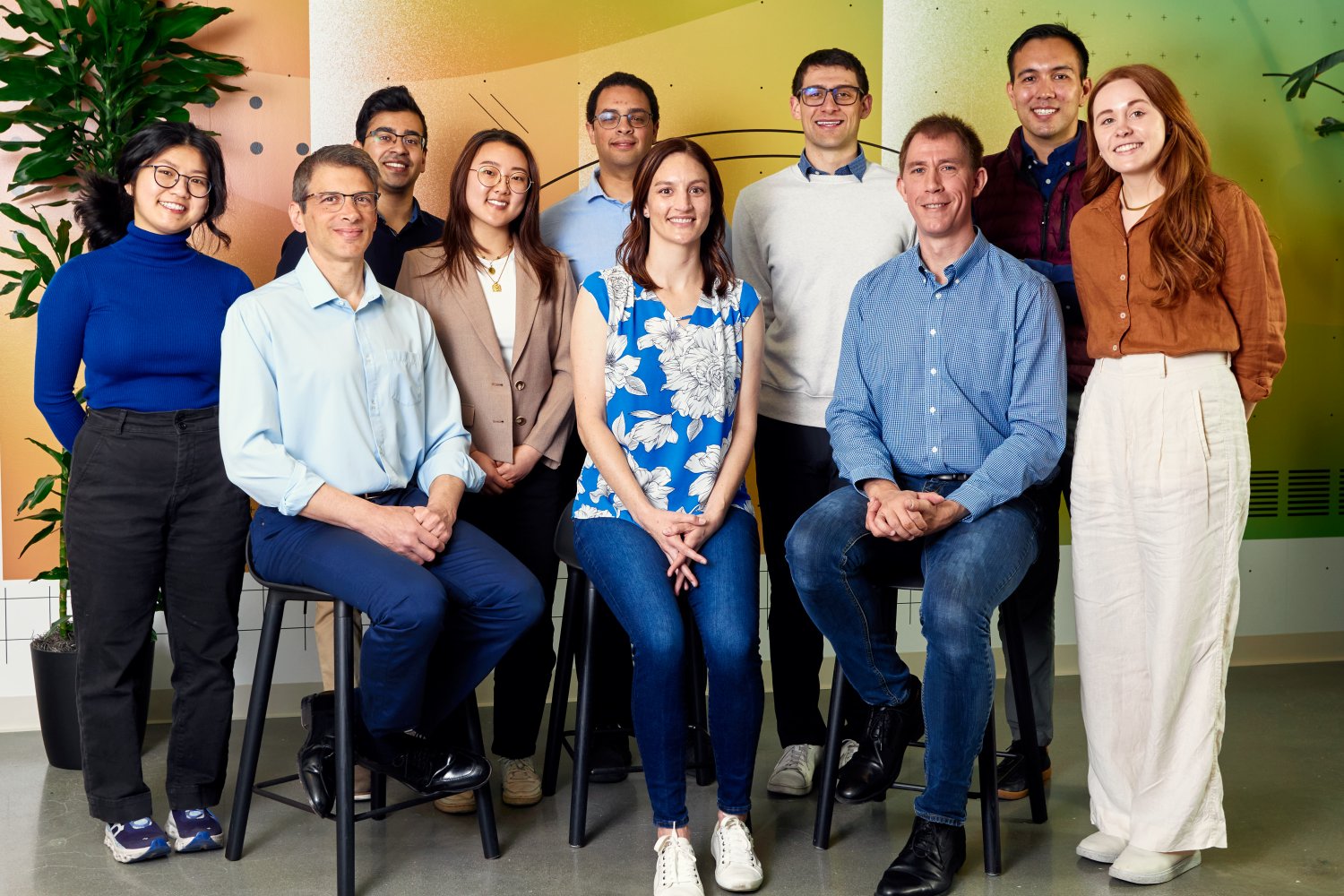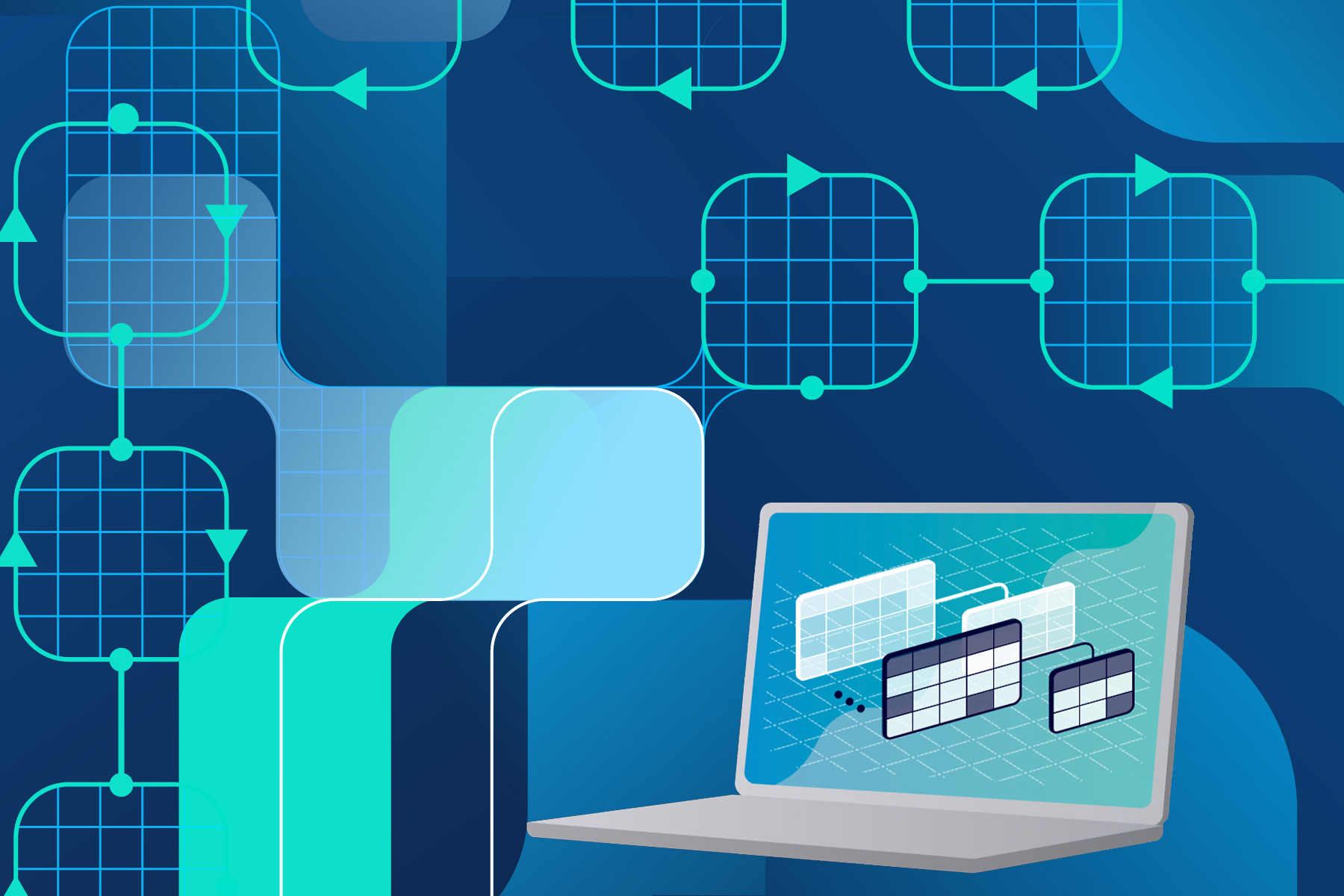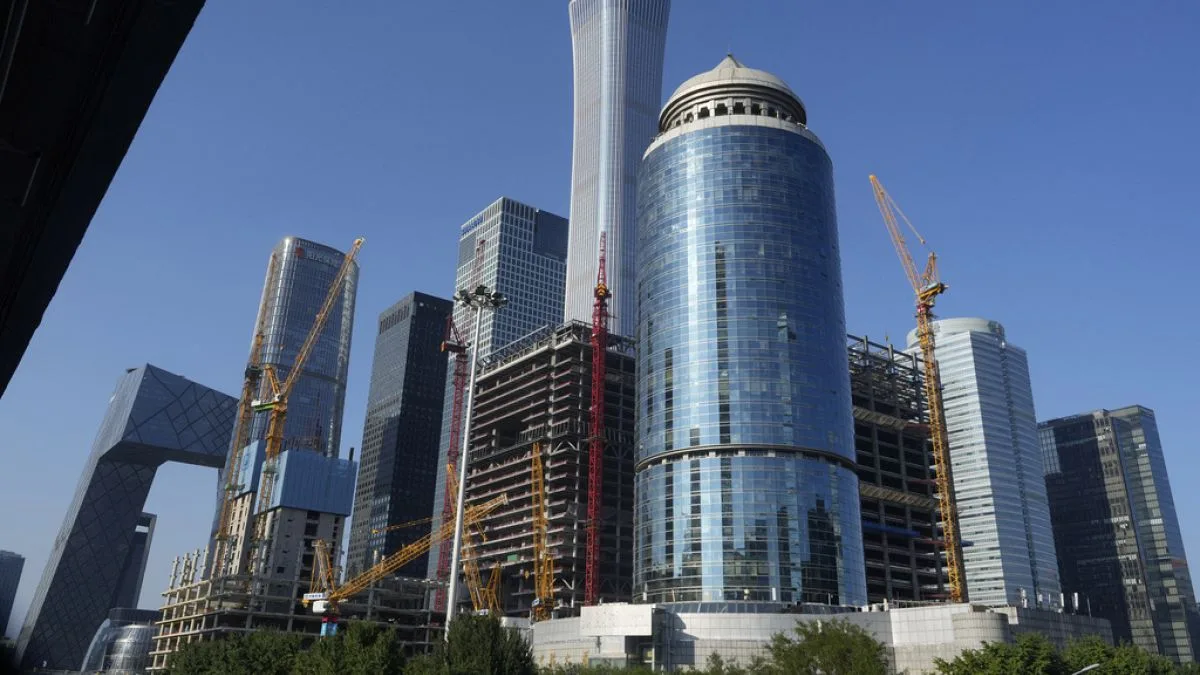Imagine cooking a blend of spaghetti, rigatoni, and seven other types of pasta, then sorting them onto ten different plates for serving. While a colander helps drain the water, you’re left with a chaotic mix of unsorted noodles. Now, amplify that vision to thousands of tons of mixed pasta being processed daily — that’s the challenge Brendan Smith, PhD ’18, co-founder and CEO of SiTration, faces with his innovative startup born from MIT’s Department of Materials Science and Engineering (DMSE) in 2020.
Recently, SiTration secured $11.8 million in seed funding, led by the venture capital firm 2150. The company is transforming the extraction and refinement processes for essential materials like copper, cobalt, nickel, lithium, and precious metals, all critical for manufacturing clean energy technologies—think electric motors, wind turbines, and batteries. Their primary focus is on recovering these materials from complex mining feed streams, spent lithium-ion batteries from electric vehicles, and diverse metal refining processes.
The key to SiTration’s innovation? A groundbreaking silicon membrane technology that can be tailored to efficiently recover different materials, offering a more sustainable and cost-effective alternative to traditional, chemically harsh methods. Picture a colander with adjustable pores capable of straining various pasta shapes. SiTration’s technology has caught the attention of major industry players, including mining titan Rio Tinto.
It’s natural to wonder if targeting such diverse industries could dilute the company’s focus. However, Smith emphasizes that there’s considerable overlap between the markets. “When you explore these sectors deeply, you find that the methods for recovering materials share many similarities, allowing for a unified solution to drive impact across various fields,” he explains.
Advancing Material Recovery
Traditional techniques for extracting crucial materials from mining, refining, and recycling lithium-ion batteries often rely heavily on chemicals and heat, which adversely affect the environment. Typically, raw ore or spent batteries are pulverized into fine particles, dissolved in acid, or incinerated, followed by extensive chemical processing to separate the valuable components.
“It can take as much as 10 tons of chemical input to recover one ton of critical material from mining or battery recycling feedstock,” notes Smith. While operators can later sell the reclaimed materials back to the supply chain, profitability is inconsistent due to volatile market prices. Lithium prices, for instance, have fluctuated dramatically, rising over 400% before plummeting back to near-original levels in just two years. Despite their economic inefficiencies and negative environmental impacts, such methods remain entrenched today.
In stark contrast, SiTration is revolutionizing the critical material recovery process by enhancing efficiency, generating less chemical waste, and minimizing chemical and heat usage. Their adaptable processing technology is capable of handling a variety of materials.
The core of SiTration’s technology stems from research at MIT, producing a novel silicon membrane that withstands harsh chemicals and high temperatures while conducting electricity. Its tunability allows for modifications to meet different conditions or target specific materials.
Moreover, the technology employs electro-extraction, a method utilizing electrochemistry for isolating and extracting targeted materials. This innovative approach streamlines processes for isolating and recovering valuable components effectively. Depending on the separation requirements, SiTration adjusts both the filtration and electro-extraction processes accordingly.
“Our membranes can be created with pore sizes ranging from the molecular scale to the width of a human hair, and everything in between. This tunability, combined with the ability to electrify the membrane to separate materials based on their electrochemical properties, allows us to target a broad spectrum of operations across diverse industrial applications,” Smith elaborates.
Access to materials like lithium, cobalt, copper, and precious metals such as platinum, gold, silver, and palladium is crucial for fostering innovation in business and advancing sustainability as the world transitions toward electrification and away from fossil fuels.
“We are in a time where new materials are essential,” states Professor Jeffrey Grossman, chief scientist at SiTration and the Morton and Claire Goulder and Family Professor in Environmental Systems at DMSE. “For many technologies, they represent both a bottleneck and an opportunity, unlocking tremendous potential for breakthroughs. Their significance in commercialization and entrepreneurship today cannot be overstated.”
SiTration’s Commercial Journey
Smith’s interest in separation technology ignited in 2013 while he pursued his PhD in Grossman’s DMSE research group, which focused on creating new membrane materials for various applications. The duo shared a keen interest in critical materials separation, fueling their desire to advance this technology. After years of mentorship from Grossman and support from several MIT incubators, including the Abdul Latif Jameel Water and Food Systems Lab’s Solutions Program and the Deshpande Center for Technological Innovation, Smith established SiTration in 2020. Grossman remains actively involved as a board member and strategic advisor.
Grossman, engaged in various MIT spinoffs, acknowledges the different demands of research versus commercialization. “At SiTration, we aim to scale this technology. There’s something exhilarating about that goal,” he observes. “The challenges of scaling are vastly different from those faced in a university lab.” He adds that while not every research invention transitions into a commercial product, the pursuit of knowledge holds its own intrinsic value.
Witnessing Smith evolve into a competent business leader has been a proud moment for Grossman, as Smith navigates market opportunities, engages potential partners, and builds a dynamic team to address industry challenges. “What excites me most about being a CEO at an early-stage startup is the myriad of factors—mostly people-oriented—you navigate daily. Each stakeholder has unique motivations and objectives, and the goal is to synthesize these to create value for partners, customers, the company, and society,” Smith shares. “You start with an idea and continuously leverage it to develop a viable product, foster commercial relationships, and scale effectively.”
SiTration’s team embodies MIT’s spirit with members like DMSE grad and former Grossman student Jatin Patil as product director, Ahmed Helal from the Mechanical Engineering department as VP of research and development, Daniel Bregante from the Chemistry department as VP of technology, and Sarah Melvin, representing both Physics and Political Science, as VP of strategy and operations. Melvin serves as the first hire dedicated to business development, with further team expansion planned following the closing of the seed funding round.
Building Strategic Partnerships
Effective communication was vital in securing funding, according to Smith. SiTration received $2.35 million in pre-seed funding in 2022, led by Azolla Ventures, which focuses on startups poised to generate significant climate impact by 2050. “We only invest in areas capable of achieving gigaton-scale climate impact,” affirms Matthew Nordan, general partner at Azolla and now a SiTration board member. The MIT-affiliated E14 Fund also contributed to the pre-seed round, alongside participation from both funds in the recent seed funding round.
“Brendan showcased extraordinary growth from being a thoughtful scientist to a business leader and thinker, engaging customers and assembling a diverse team while adeptly navigating challenging markets,” Nordan adds.
One of SiTration’s first partnerships emerged with Rio Tinto, a global mining leader. As SiTration explored potential applications early in its formation, Rio Tinto sought collaboration to recover valuable metals like cobalt and copper from wastewater produced during mining. These metals frequently remain trapped in water, resulting in environmental harm and revenue loss.
“We viewed this as an innovative challenge and sought partnerships to tackle this water issue,” stated Nick Gurieff, Rio Tinto principal advisor for mine closure, in a conversation with MIT’s Industrial Liaison Program in 2023.
While mining wasn’t initially a primary focus for SiTration, Smith recognized the compatibility of Rio Tinto’s needs with the solutions his company offered. SiTration submitted a proposal in August 2022.
Gurieff noted that SiTration’s tunable membrane distinguished it from competitors. The companies formalized their partnership in June 2023, with SiTration customizing its membrane to process mine wastewater while integrating feedback from Rio Tinto for technology refinement. Following successful tests using water sourced from mining sites, SiTration plans to construct a small-scale critical-materials recovery unit, eventually developing larger systems capable of processing up to 100 cubic meters of water each hour.
SiTration’s focused development alongside Rio Tinto positions the company favorably for market expansion, according to Smith. “Every ounce of effort and resource we invest in product development aims to generate real-world value. Partnering with an industry leader that continually validates our progress offers significant advantages.”
Reflecting on how far they’ve come since Smith began experimenting with silicon membranes in Grossman’s DMSE lab, it’s clear they share a passion for applying materials science innovation to tackle pressing challenges. “Materials science and engineering are crucial drivers of today’s innovations,” Grossman concludes. “Many of the obstacles we face in transitioning toward a sustainable planet are fundamentally material challenges.”
Photo credit & article inspired by: Massachusetts Institute of Technology



